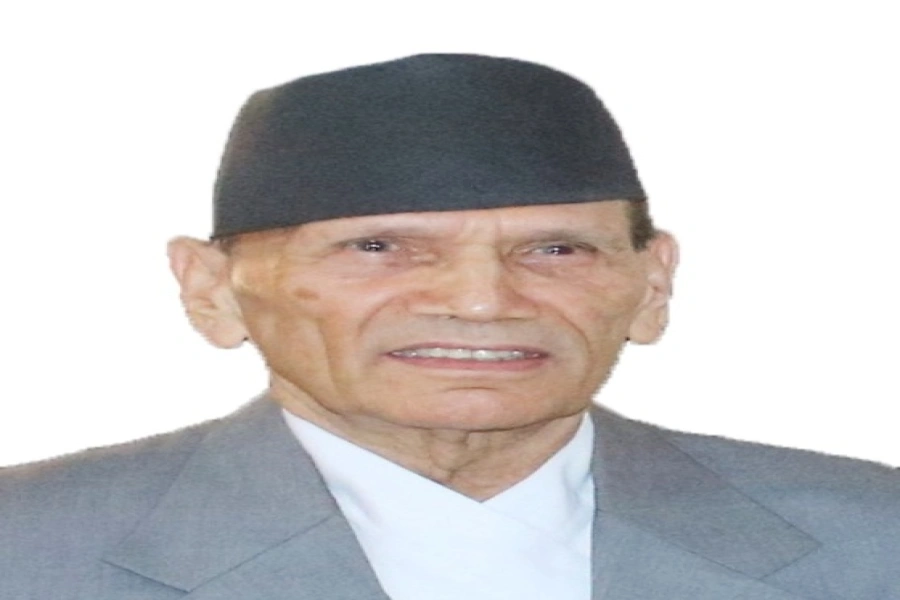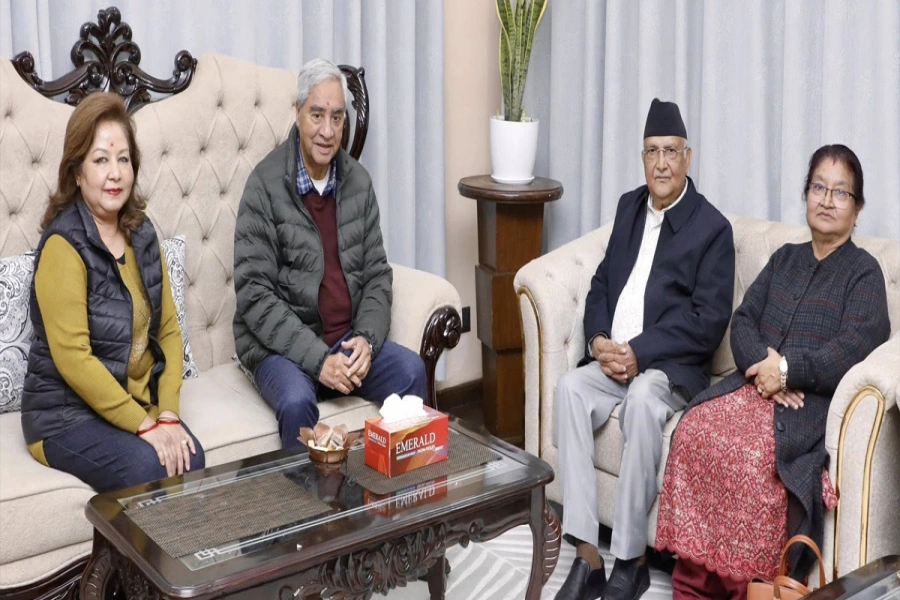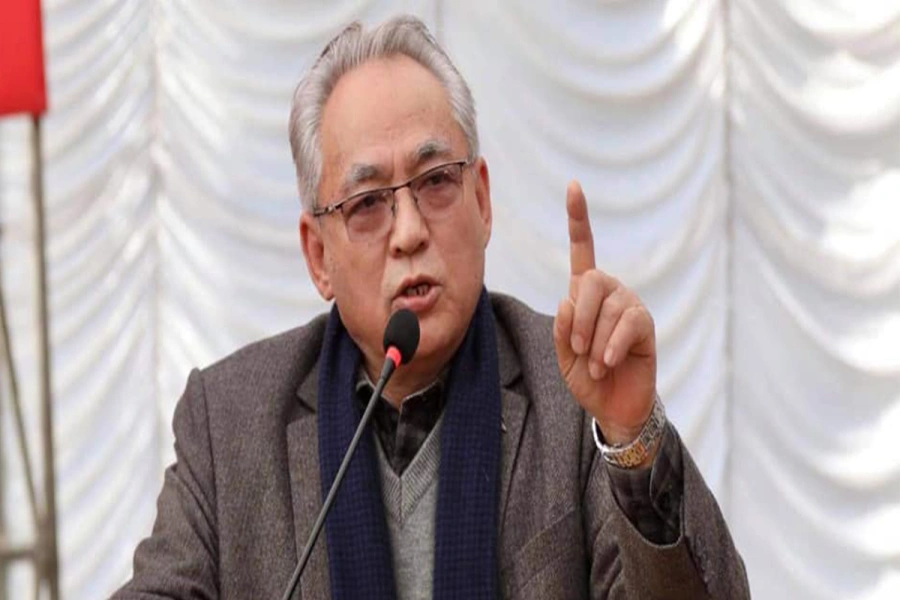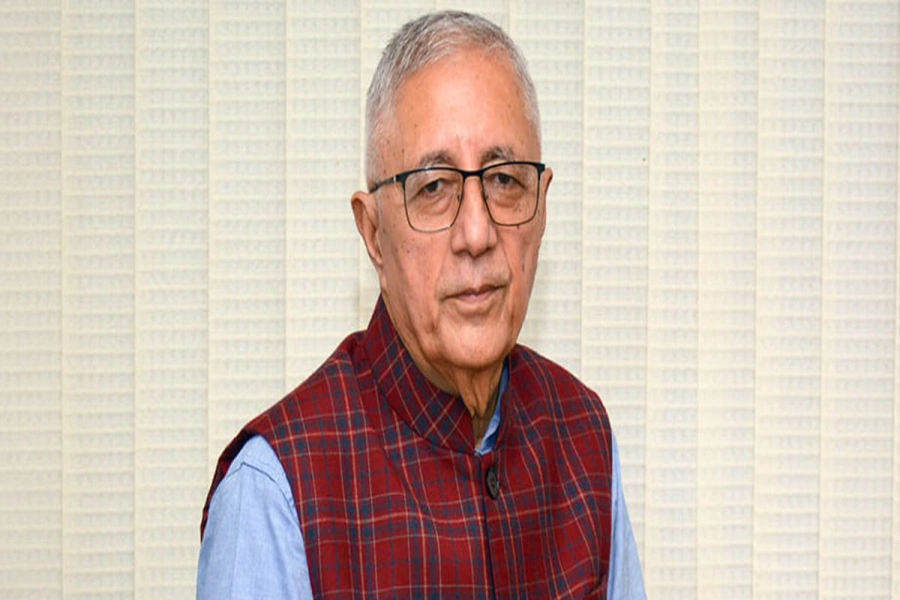The reports of the recent flooding, which are yet to uncover the full extent of the disaster, claim that over one-hundred lives have been lost and hundreds of thousands affected in what is one of the worst rains in 15 years in Nepal. Approximately US $1.3million has been pledged to the flood response in the country, as of data available on August 16. With a plethora of actors collecting relief-materials for the flood victims, it is no surprise that such an amount has been generated. Despite this effort however, two burning questions prevail: One, why is there a disconnect between the aid raised and the aid transferred to the beneficiaries; and two, why hasn’t a permanent solution been provided to this recurring problem?
Aid redefined
Today, the notion of aid has been redefined, thanks in large parts to technology. Traditional actors like the government and the non-government bodies have been donating aid. The Government of Nepal’s (GoN’s) Ministry of Home Affairs (MoHA) has been leading the relief-work on the governmental front, and non-governmental organisations including the private sector actors have also lent their support.
However, a new set of donors, particularly visible after the earthquakes of 2015 in Nepal, include crowdfunders. It has become easy for anybody with access to technology and the will to help to initiate these helpful campaigns. Many Nepalis living, working, or studying abroad have been able to take action thanks to this opportunity.
I can vouch for the convenience of crowdfunding in a globalized world, personally having crowdfunded to help generate funds for the earthquake victims. Crowdfunding puts you in an empowering position rather than worrying about your family and fellow country-people while miles away from home. In the aftermath of the earthquakes, crowdfunding reportedly helped Nepal raise over $20 Million in under 60 days.
Teaching-learning in uncertainty after dozens of schools inunda...

Coordination conundrum
However, it is not enough to simply have the finances and the goods for disaster relief and recovery, as the case in Nepal repeatedly demonstrates. The Paris Declaration and the Accra Agenda for Action identify aid coordination as one of the key mechanisms to enhance aid effectiveness.
A coordinated approach to aid in crises is needed to ensure that funds and goods collected reach the victims in time. In this year’s flooding too, there is news of aid not reaching the flood victims. The incident brings back bitter memories and unanswered questions about how Nepal spent the $4.1 billion received in donations for the earthquake victims. As history seems to be repeating itself, in what has been stated the worst floods in 15 years, a similar pattern of uncoordinated aid seems to be emerging.
There is frustration, yes. But the good work on part of various actors for the relief work cannot go unacknowledged. Trained security forces from various branches of the government have been mobilized and the good work they have been doing is evident in the news that has been coming out. At the policy level, the GoN has introduced a one-door policy to help enhance aid coordination. The GoN has made it possible for individuals or Non Governmental Organisations (NGOs) to directly distribute relief materials to the victims after acquiring permission from the Chief District Officer of the respective districts.
Given that this is transparent and credible, the move is commendable. The Ministry of Home Affairs (MoHA) has activated the Emergency Response Preparedness plan and is working with the District Disaster Relief Committees (DDRCs) and District Lead Support Agencies (DLSAs) on the grounds. There are attempts to better coordinate response measures to enhance aid effectiveness.
Despite this, the concern that prevails is that Nepal is perhaps failing to learn the very same lesson time and over again. Every year, during monsoons, angry rainfalls inundate most of the Southern belt of Nepal. Every year, various campaigns to help the flood victims are launched. Every year, around this time, the national and the world community grimace at the grim circumstances that befall Nepal and involve themselves in relief-work. This may be helping to deal with the problem, but it most certainly is not helping solve the problem.
A permanent solution
The people in a small village in southern Saptari – Tilathi – have been deeply affected by this year’s torrential rains, like any previous year. Yet this time they are unwilling to accept aid that is coming their way. Their demand is straightforward: A permanent solution.The people in Tilathi have refused the aid, hoping to turn attention to the fact that we cannot normalize the process of disaster-relief every monsoon. This is not a viable solution for the long run. The villagers realize that creating an embankment along the Khado River will be more feasible solution that can save them from this recurrent problem.
Yes, we need to invest in disaster preparedness and continue helping those in need. But it is high time that we also start thinking about how we can prevent these calamities. One possible stepping stone may be to conduct research on this area to understand how we can contain the calamity. Based on this, appropriate coping measures can be designed so that we do not have to lose lives to floods as a nation. Understanding the root causes of the problem will help us formulate better policies to tackle the effects of climate change, protect wetlands and strategically plant trees to address natural calamities. Furthermore, monitoring the risk of flooding may also help identify warning signs.
Devising permanent measures to tackle this problem will also help reduce Nepal’s dependency on aid. For all the monetary donations Nepal receives for flood response, relief and recovery, it may be more cost effective to invest in a long-term plan to root out this problem. After all, it seems more logical to focus on flood resilience rather than defense schemes year after year.
Basnyat holds an MSc from the University of Oxford and is a communication consultant.
basnyat.ayushma@gmail.com




































